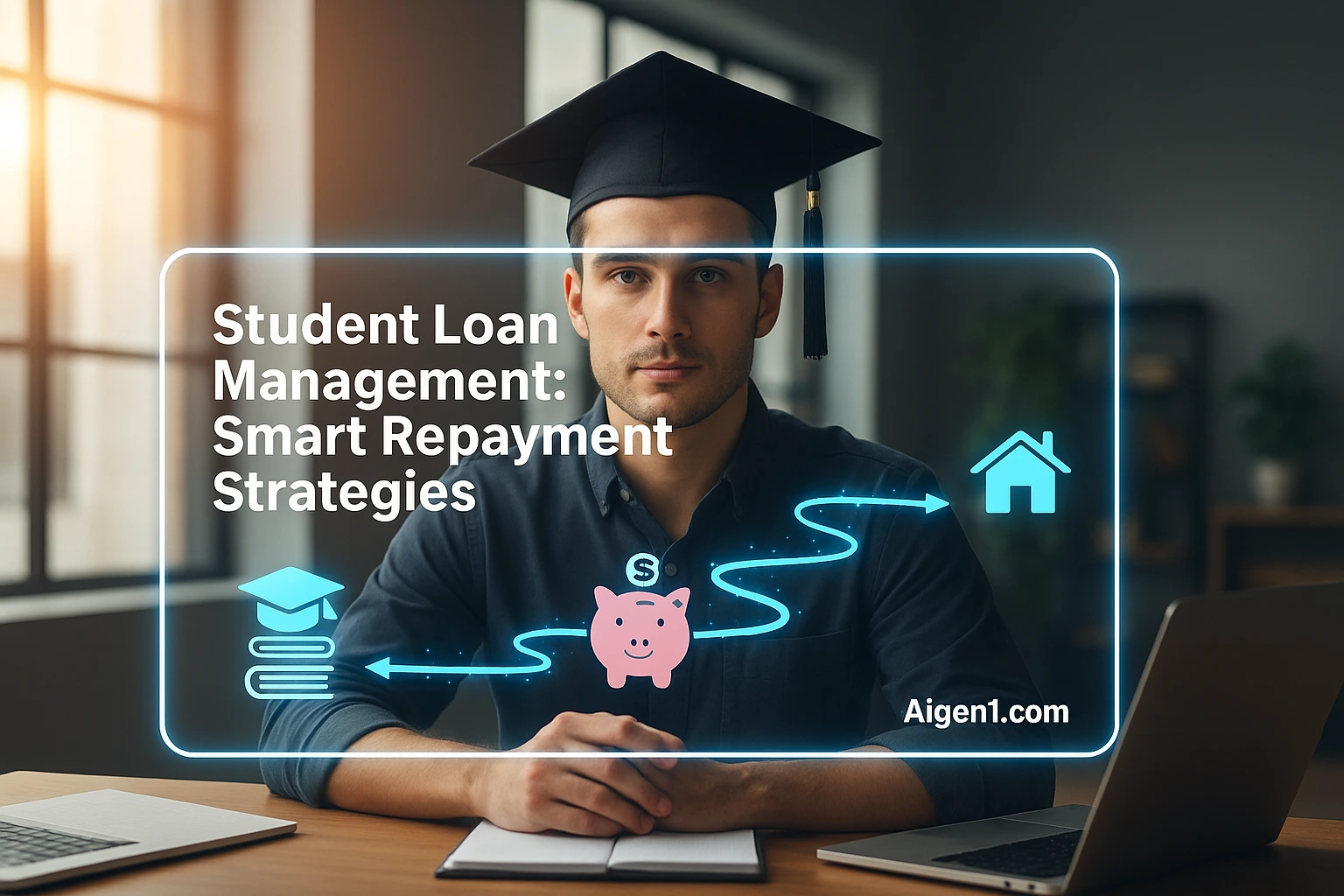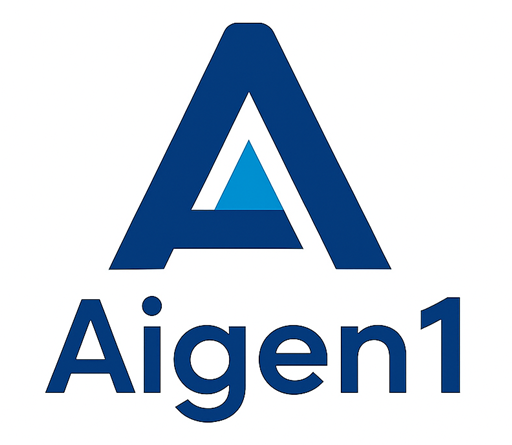Feeling crushed under the weight of your education loans? You’re not alone. The journey to paying off student debt can feel long and complicated, but it doesn’t have to be overwhelming. The key is managing student loans proactively instead of letting them manage you. With the right student loan repayment strategies, you can find powerful student debt solutions, save money on interest, and achieve financial freedom much sooner than you think. This guide will break down the best methods for tackling education loans head-on, using simple language to make every step clear.
Table of Contents

Step 1: Understand Exactly What You Owe
Before you can attack your debt, you need to know your enemy. Many graduates have multiple loans, each with different rules. Ignoring the details is a costly mistake. Take an hour to gather all your loan information in one place, like a spreadsheet.
Key Information to Find:
- Loan Type: Are your loans federal (from the government) or private (from a bank or credit union)? This is the most important distinction. Federal student loans provide benefits such as borrower protections and flexible repayment plans that are usually not available with private loans.
- Loan Servicer: This is the company that manages your loan and collects your payments. You may have more than one.
- Total Balance: How much do you owe on each loan?
- Interest Rate: What percentage are you being charged on each loan? Note whether it’s a fixed rate (stays the same) or a variable rate (can change over time).
- Minimum Monthly Payment: What is the absolute minimum you are required to pay each month?
Knowing these details, especially the interest rates, is the foundation for choosing the best strategy for faster loan repayment.
Step 2: Choose Your Core Repayment Strategy
Once you have your loan details organized, you can choose a plan of attack. There isn’t one “perfect” method for everyone; the best one for you depends on your financial situation, your income, and your personality.
The Debt Avalanche Method 🏔️ (Save the Most Money)
The Debt Avalanche method works best for saving money because it clears the most expensive loans first.
How it works: You continue to make the minimum payments on all your student loans. With any extra money you have, you make additional payments on the loan with the highest interest rate. When you finish paying one loan, use the same money (minimum plus extra) to pay off the next loan with the highest interest.
Why it’s smart: By targeting high-interest debt first, you reduce the total amount of interest you’ll pay over the life of your loans. This is the fastest and cheapest way to get out of debt.
Best for: People who are motivated by numbers and want the most financially optimal student debt solution.
The Debt Snowball Method ☃️ (Build Momentum)
The Debt Snowball method focuses on psychological wins to keep you motivated.
How it works: You make the minimum payments on all your loans. With any extra money, you put it all towards the loan with the smallest balance, regardless of its interest rate. Once that smallest loan is paid off, you “roll” that payment amount into the next-smallest loan, creating a bigger “snowball” payment.
Why it’s smart: Paying off a loan completely, even a small one, provides a huge motivational boost. These quick wins can give you the encouragement you need to keep going on the long journey of tackling education loans.
Best for: People who feel overwhelmed and need to see progress quickly to stay on track.
Income-Driven Repayment (IDR) Plans (For Federal Loans)
If your income is low compared to your debt, you might struggle to make even the standard payments. This is where federal IDR plans can be a lifesaver. Some repayment plans limit your monthly payment to a fixed percentage of your discretionary income, making them easier to manage.
Benefit: They can make your monthly payments much more affordable and prevent you from defaulting.
Be careful: smaller monthly payments might feel easier, but they make the loan last longer and you’ll end up paying more interest overall. Some IDR plans offer loan forgiveness after 20-25 years of payments, but the forgiven amount may be considered taxable income.
Step 3: Accelerate Your Repayment with Smart Tactics
Choosing a core strategy is essential, but you can speed things up even more with these powerful tactics.
1. Make Extra Payments Whenever Possible
Every extra rupee or dollar you contribute goes straight to reducing your principal balance—the original sum you borrowed. This reduces the amount of interest that accrues.
Bi-weekly payments: Instead of making one monthly payment, divide it into two smaller payments every two weeks to gradually reduce interest costs Over a year, you’ll end up making 26 By making half-payments every two weeks, you end up making 13 full payments in a year—basically one extra payment without it feeling heavy on your pocket.
Use Windfalls: Did you get a bonus at work, a tax refund, or a cash gift? Instead of spending it all, put a significant portion of it directly towards your highest-interest student loan. This can shave months or even years off your repayment timeline.
2. Consider Refinancing or Consolidation
People often use these terms interchangeably, but they are different.
Consolidation (Federal): This combines multiple federal loans into one new federal loan. It simplifies your life with a single monthly payment, but it doesn’t necessarily lower your interest rate. Your new rate is a weighted average of your old ones.
Refinancing (Private): This is when you take out a brand new loan from a private lender (like a bank) to pay off your old loans. The goal is to get a lower interest rate. This can save you thousands of dollars. Warning: If you refinance federal loans into a private loan, you permanently lose all federal protections and benefits, like access to IDR plans and loan forgiveness programs.
3. Sign Up for Autopay
Many lenders lower your interest rate by about 0.25% when you enroll in automatic payments. if you set up automatic payments. It may not seem like much, but it saves money over time and makes sure you never miss a payment.
Conclusion: Take Control of Your Student Loans
Paying off student loans takes time, but it’s possible with the right plan. Be active, understand your loans, and pick a repayment strategy that works for you. Use smart habits to speed things up, and stay consistent. If you start today and keep going, you can become debt-free.
Frequently Asked Questions (FAQ)
Q1: What is the fastest way to pay off student loans?
The fastest way is the Debt Avalanche method—always pay extra toward the loan with the highest interest. You can also increase your income or cut costs so you have more money to pay toward your loans.
Q2: Should I pay off my student debt or start investing?
It depends on your loan’s interest rate:
- If your loan is high (above 6–7%), focus on paying it off quickly.
- If your loan is low (below 4%), it may be smarter to invest instead, as you could earn more from investments in the long run.
Q3: Will refinancing hurt my credit score?
At first, refinancing causes a small dip in your score because of a credit check. But if you get approved and make payments on time. Lower interest rates also save you money over time.
Q4: What if I can’t afford my monthly payment?
Don’t ignore your loan. Contact your loan provider right away. For federal loans, you may qualify for deferment, forbearance, or an Income-Driven Repayment (IDR) plan, which lowers your monthly payment. Ignoring loans can lead to default, which harms your credit and creates serious problems.


